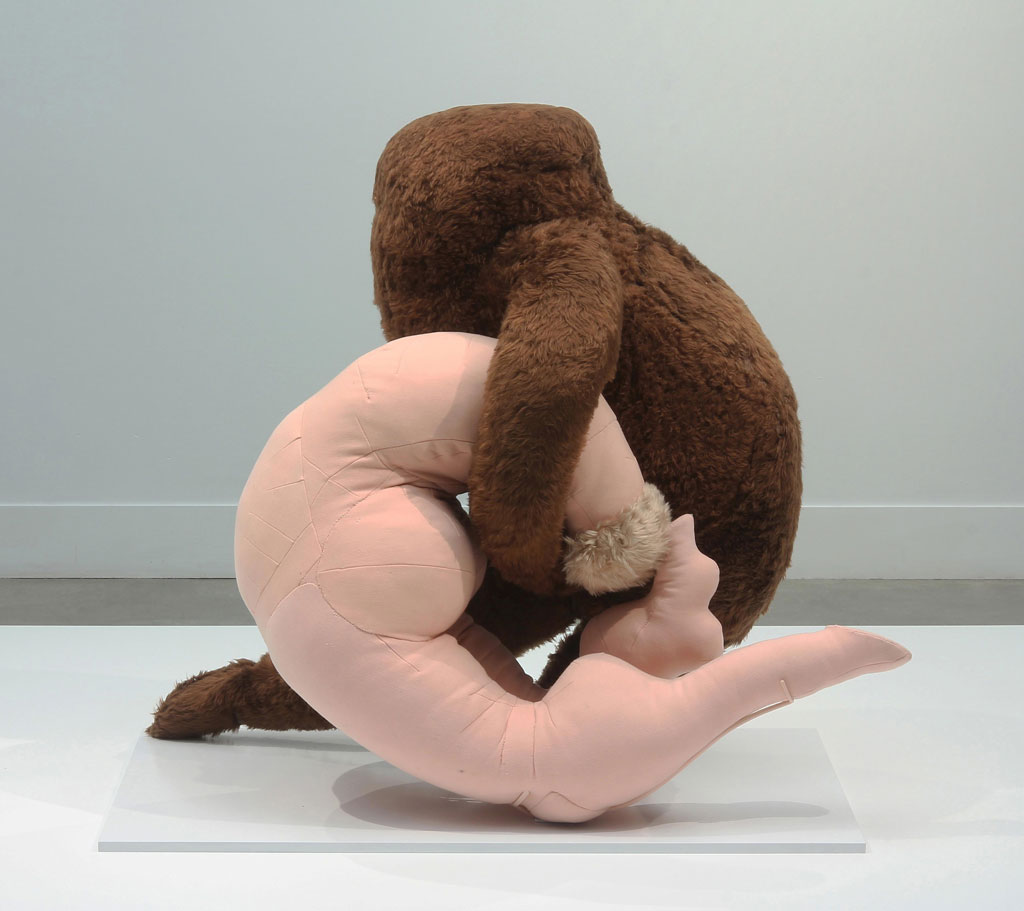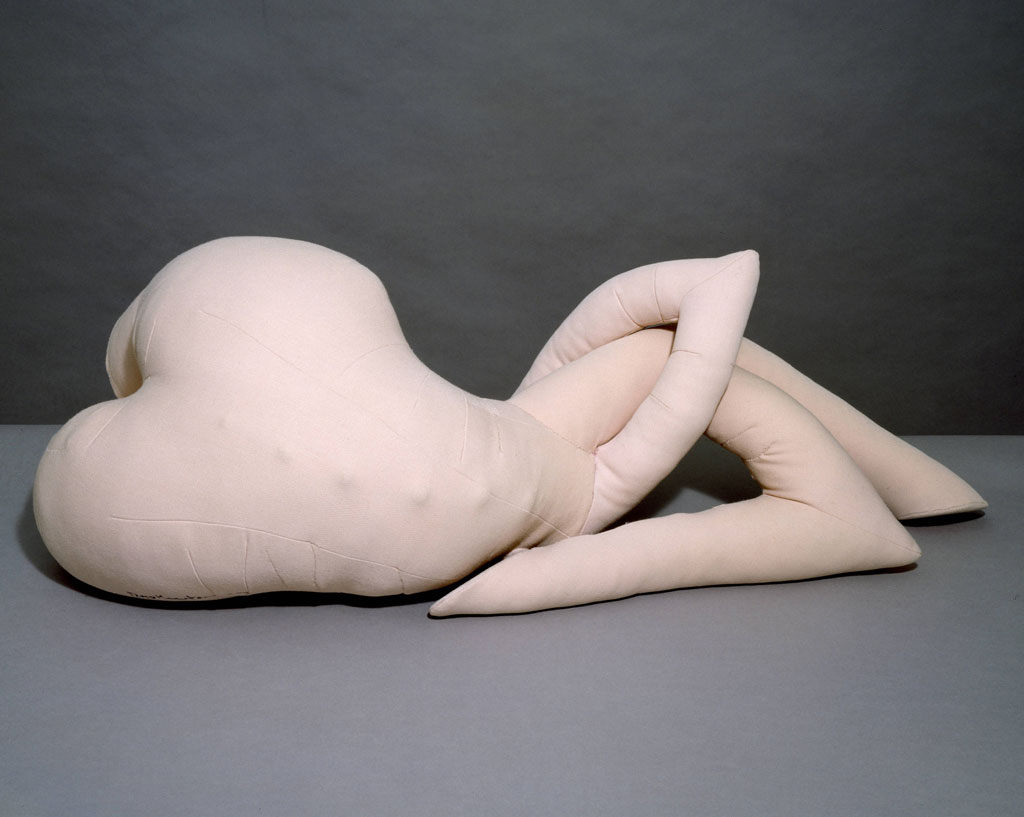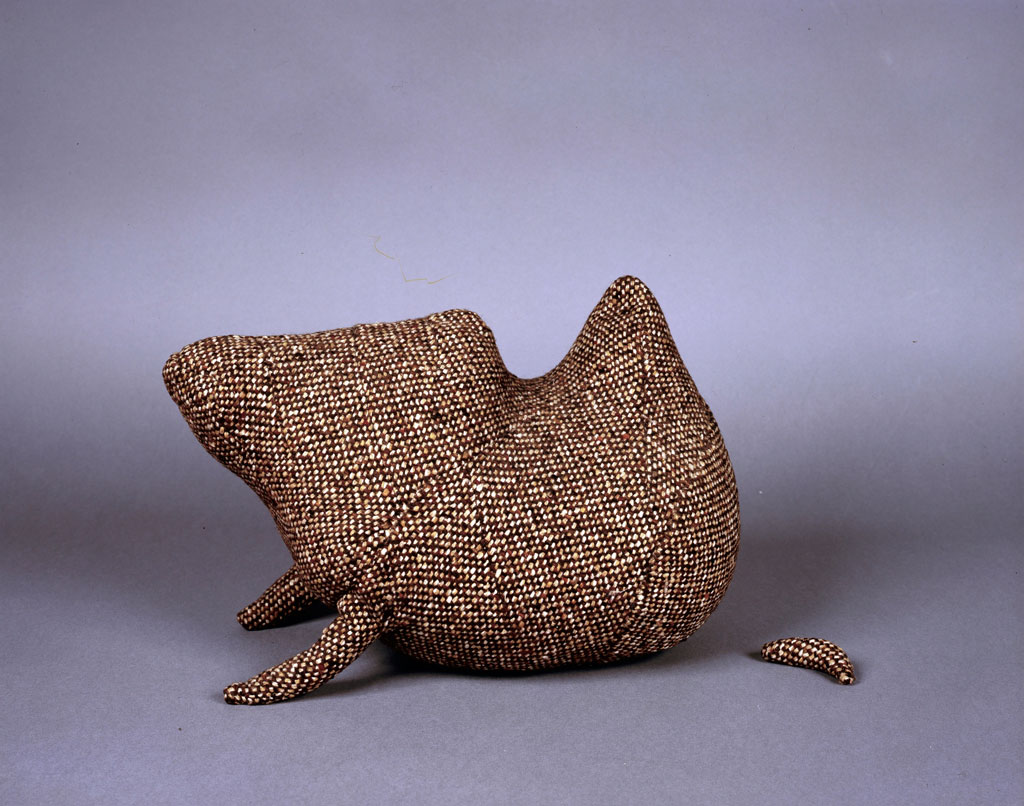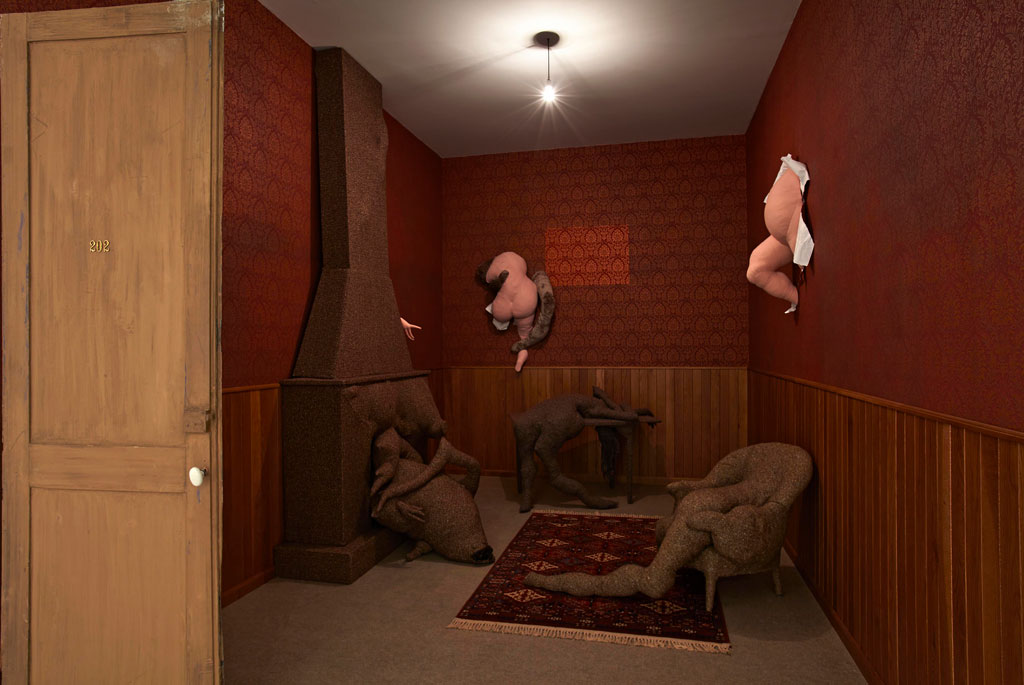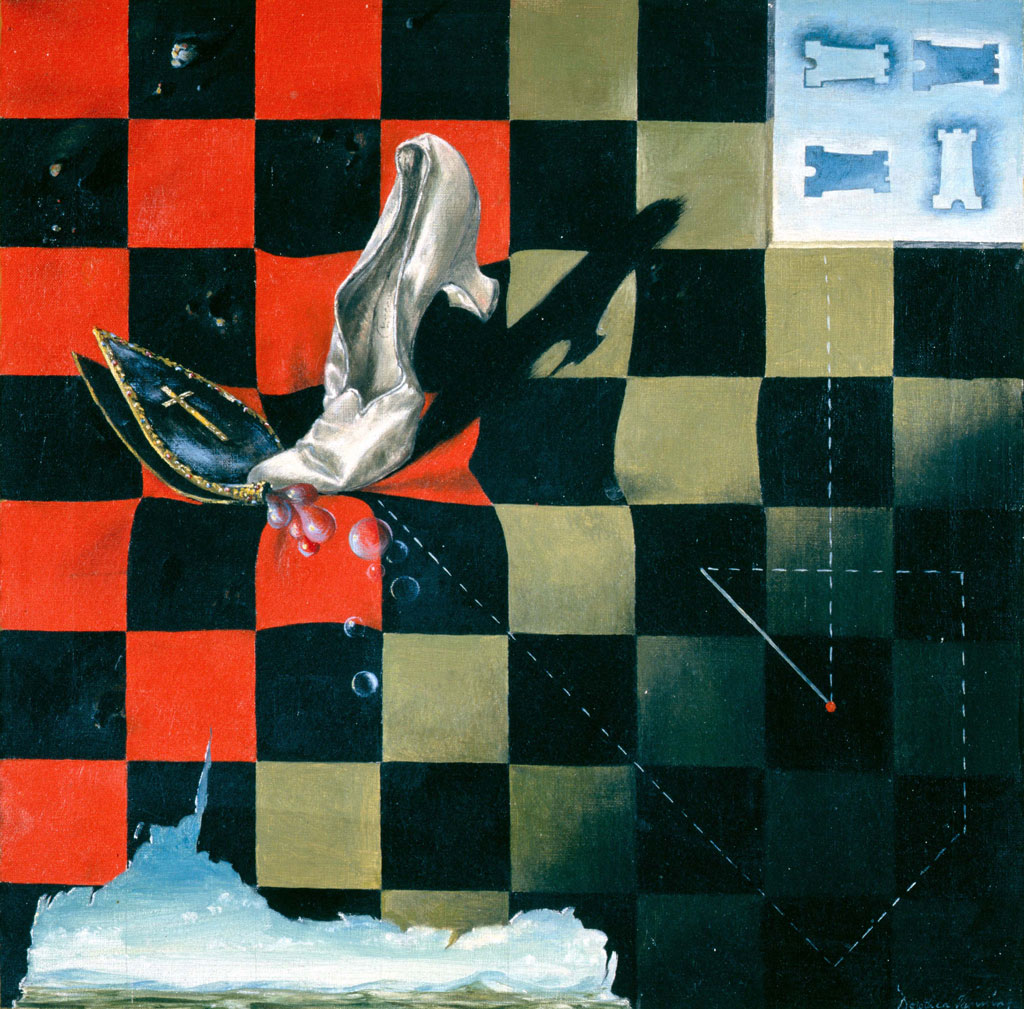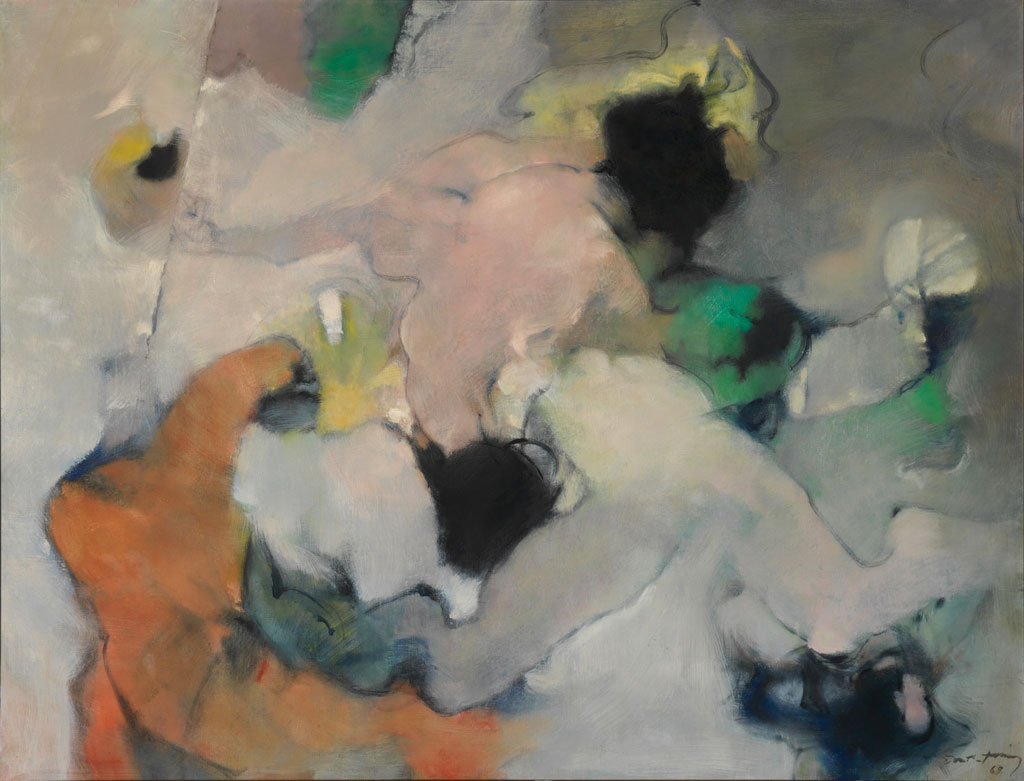ART-PRESENTATION: Dorothea Tanning,Part II
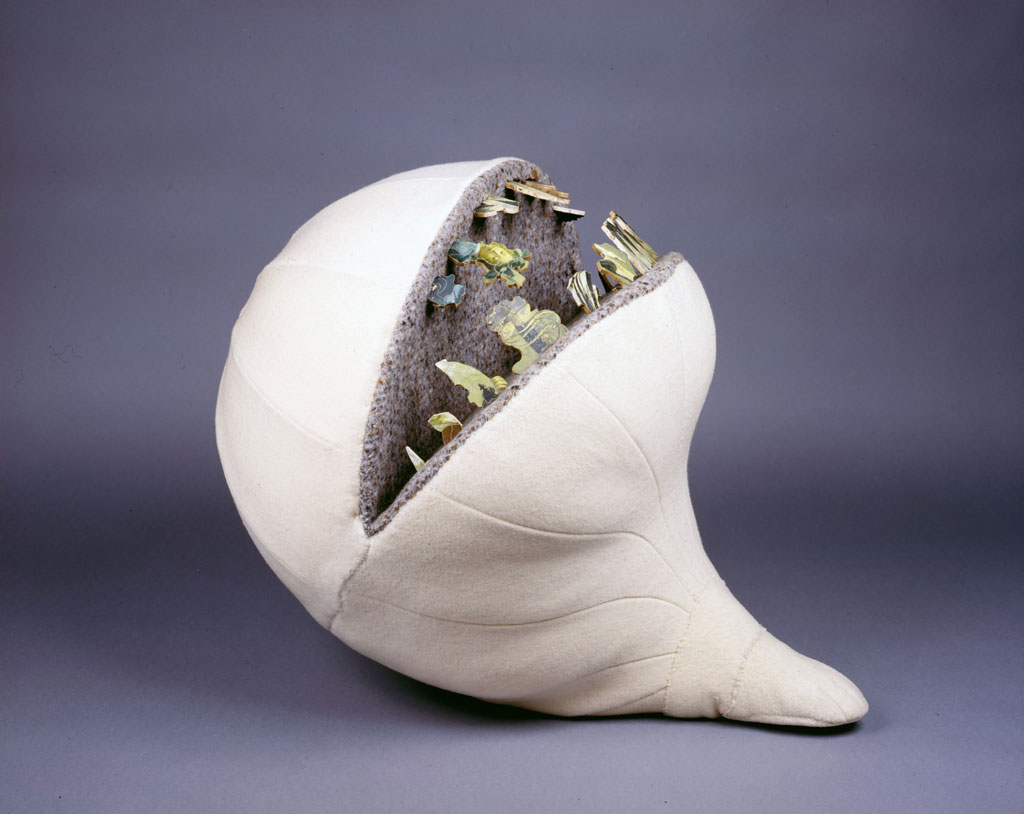 Dorothea Tanning explored the disciplines of painting, sculpture, printmaking, collage, design, soft sculpture, installation and writing throughout her career. As a young artist, Tanning drew inspiration from Gothic and Romantic literature and Surrealism, creating fantastical and dream-like realms to investigate the human form and condition. As her work imagery and techniques evolved over the decades, she maintained an ambition to give form to imaginary worlds (Part I).
Dorothea Tanning explored the disciplines of painting, sculpture, printmaking, collage, design, soft sculpture, installation and writing throughout her career. As a young artist, Tanning drew inspiration from Gothic and Romantic literature and Surrealism, creating fantastical and dream-like realms to investigate the human form and condition. As her work imagery and techniques evolved over the decades, she maintained an ambition to give form to imaginary worlds (Part I).
By Dimitris Lempesis
Photo: Tate Archive
A large-scale exhibition of Dorothea Tanning’s work, at Tate Modern, bringing together 100 works the exhibition explores how she expanded the language of surrealism. From her early enigmatic paintings, to her ballet designs, uncanny stuffed textile sculptures, installations and large-scale late works, it offers a rare opportunity to experience the artist’s unique internal world. The exhibition follows the story of Tanning’s life and work, from her influential first encounters with surrealism in New York in the 1930s, through to her later years as a painter, poet and writer. Prominent early works have been brought together, such as the artist’s powerful self-portrait “Birthday” (1942) which attracted the attention of Max Ernst whom she married in 1946. These join key examples of Tanning’s mid-career prismatic paintings, as well as her later soft sculptures to show the full breath of her practice. Born in 1910 in Galesburg, Illinois, Tanning wanted to depict “unknown but knowable states”: to suggest there was more to life than meets the eye. Early in her career she explored domesticity as a central theme; combining the familiar with the strange to turn the home into a surrealist space. Significant works from this period such as “Children’s Games” (1942) and “Eine Kleine Nachtmusik” (1943), exemplify Tanning’s interest in suppressed desires and burgeoning sexuality. Poetic imagery of young girls, domestic interiors and open doors are frequent motifs in these paintings derived from the artist’s love of Gothic and Romantic literature. This interest is also reflected in her fictional writings and poems, spanning from the 1940s to her last collection of poems “Coming to That”, published at the age of 100. The exhibition also explores the artist’s life-long passion for dance, music and performance, which became particularly prevalent in her more abstract paintings from the mid-1950s. Tanning described these works as “prismatic”, in reference to the effects of colour and elements of figuration which come in and out of focus, as seen in “Insomnias” (1953). Examples of her set and costume designs for ballets by George Balanchine and John Cranko in the late 1940-50s are shown alongside dynamic figurative paintings such as “Tango Lives” (1977) to shed new light on these images of splintered but sensual forms. In the mid-1960s Tanning turned to her Singer sewing machine to make soft sculptures that are a key focus of the exhibition. These hand-crafted, anthropomorphic forms, in between bodies and objects, inspired a legacy of their own in the world of surrealist sculpture, with echoes in the works of Louise Bourgeois, Sarah Lucas and others. Important pieces such as “Etreinte” (1969) and “Nue Couchée” 1969-70) feature limb-like forms contorted, transformed and intertwined. A particular highlight is the room-sized installation “Chambre 202, Hôtel du Pavot” (1970-73). At once sensual and eerie, this major work features bodily shapes growing out of the walls and furniture of an imaginary hotel room, transforming this interior space into one of surrealist possibility.
Info: Curators: Alyce Mahon and Ann Coxon, Assistant Curators: Emma Lewis and Hannah Johnston, Tate Modern, Bankside, London, 27/2-9/6/19, Days & Hours: Mon-Thu & Sun 10:00-18:00, Fri-Sat 10:00-22:00, www.tate.org.uk
